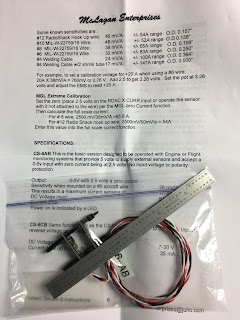This morning I opened Panel Planner to update the file to increase the clearance for the radio cage tray screws. It is quirky software. I've emailed support months ago about some of the issues but never gotten a response. One problem is the Dynon Knob panels aren't all correct. The only one that seems to be right when viewing the cut out mode is the Autopilot panel. The lower rectangle is the Radio Knob panel. I'd be pretty irritated if I gave the .dxf file to someone to cut a panel and hadn't caught this. Occasionally, clicking/selecting an object causes it to move. Sometimes selecting multiple objects and trying to move them as a group has unexpected results. The undo feature doesn't seem to always work. I've learned to save files often in order to have a back up. Another major annoyance is the software has to be run as administrator on Windows. I'm not an expert with this software so maybe some issues are caused by the user.
The fuel pump installation is almost complete. The hard points are floxed in and cured. The thigh support ribs are glassed in and curing tonight. Searched the builder group for thigh support issues and found that the plans need corrected and it has been discussed. I noodled the idea of cutting the thigh supports and lower instrument panel to make the leg openings larger but decided that might be a mod to do later on. I've been eyeballing where and how to mount the high pressure gascolator and fuel pressure regulator and also working on the throttle cable support.
























